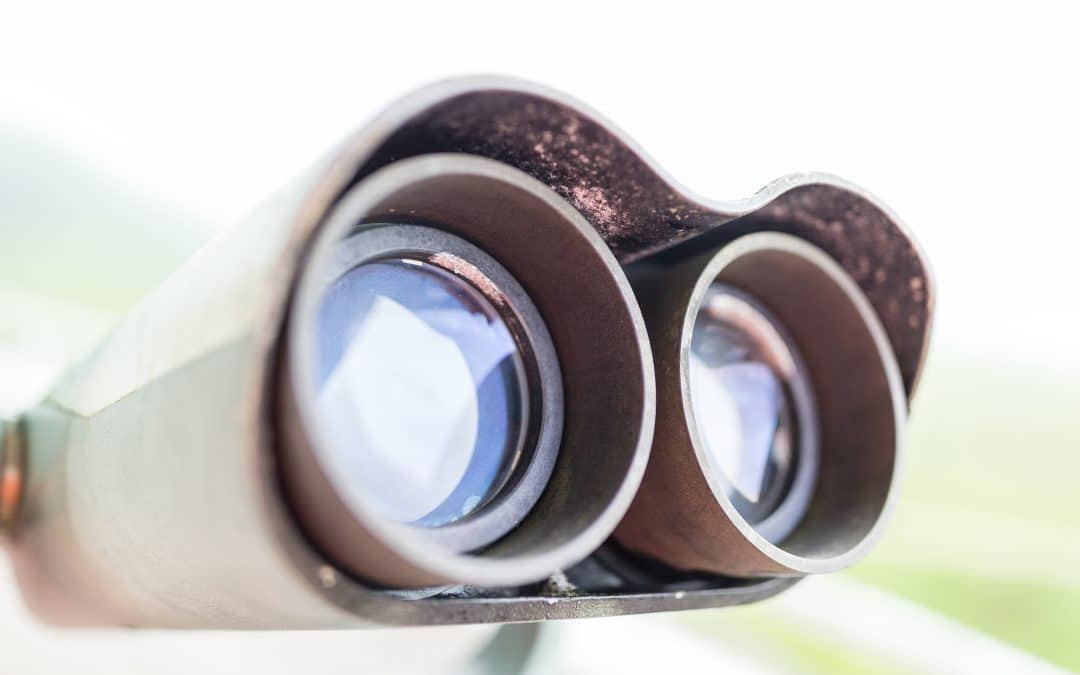Whale and dolphin watching tours are growing increasingly popular as more people know that these animals should not be kept in captivity and instead wish to appreciate them in their natural habitat. While witnessing cetaceans in the wild has immense optimism, it must be done responsibly in order to benefit not just local people and operators looking for a job but also the dolphins, whales, participants, and the whole marine environment.
So, if you want to go whale and dolphin watching and make the most of your experience without harming or disturbing the species, you should adhere to a few fundamental principles. Check out this post for advice on how to get the most out of your whale- and dolphin-watching tour.
Bring Along the Right Gear
When embarking on a whale and dolphin watching tour, bringing along the right gear to enhance your experience and ensure your comfort and safety is essential. Here are a few reasons why having the appropriate equipment is crucial:
Binoculars
Whale watching usually entails witnessing these majestic animals from a safe distance. Binoculars enable you to look better at their distinctive markings, behaviors, and other intriguing features that the naked eye might miss.
Camera
It is essential to photograph your whale and dolphin watching excursion. Getting a camera with a zoom lens will allow you to capture breathtaking images of these amazing animals in their natural environment.
Layered Clothing
Weather conditions may suddenly change at sea, so wear clothes in layers for optimal comfort. Selecting lightweight clothing that is readily added and eliminated helps you to adjust to temperature changes over the day.
Waterproof Gear
The ocean climate may be unpredictable, and you may be splashed or face rain throughout your whale-watching tour. Waterproof clothing, like ponchos or jackets, will keep you comfortable and dry in inclement weather.
Learn About the Different Types of Whales and Dolphins You Should See
When going on a whale and dolphin watching excursion, you should learn about the numerous varieties of whales and dolphins you can see. This information will not only improve your overall experience, but will also help you appreciate the combination of these amazing species.
Whales are categorized into two groups:
- Toothed whales have teeth and eat fish or marine animals; these include dolphins, sperm whales, and killer whales.
- Baleen whales, which include gray and blue whales, and humpback whales, have baleen plates rather than teeth and use them to filter tiny prey from the water, such as plankton or krill.
Throughout your whale and dolphin watching cruise, you can see a variety of dolphin species. Take note that the kinds of dolphins and whales you could see on a whale-watching excursion will differ based on where you go. It is always a good idea to consult with tour guides or local specialists who can give precise information on what species are widespread in that region.
Know When the Best Time to Go Whale and Dolphin Watching
It’s important to consider the optimal time to go whale and dolphin watching when booking a whale-watching excursion. The best time to watch whales is usually between the early hours and evening.
Whales are thought to be more active at these times, since they eat at night and rest through the day. This implies that late afternoon or early morning trips have a better possibility of meeting whales in their native environment.
Furthermore, weather conditions may also be important in deciding the optimum time to watch whales and dolphins. Calm waters and bright skies are desirable since they allow greater vision and simplify seeing whales from a distance.
It is also worth mentioning that various whale species might have distinct migratory patterns or eating habits that impact their activity levels at multiple times of the day. Considering the time of day and the weather conditions, you could increase your chances of a fantastic whale and dolphin watching experience.
Conclusion
Whale and dolphin watching trips provide a once-in-a-lifetime chance to see these amazing animals in their natural environment. Make the most of your whale and dolphin watching experience by being aware of the most helpful tips to consider. You should also remember to respect the space and conduct of the animals.
In addition, maintain a safe distance from them and refrain from making abrupt movements or loud sounds that might upset or stress them. Following these guidelines will allow you to have the most fun while having the least influence on these amazing marine species throughout your whale-watching experience.
